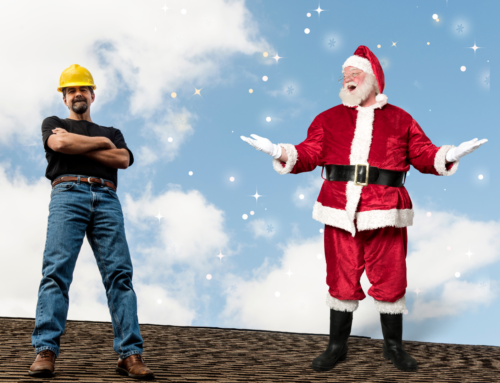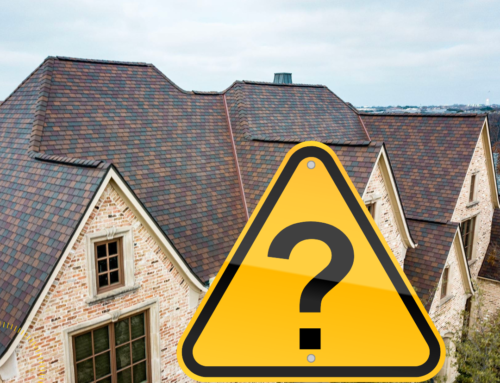 There are many reasons to strive to maintain an energy-efficient home.
There are many reasons to strive to maintain an energy-efficient home.
We save environmental resources, have a higher day-today level of comfort, and most importantly, we save money.
It can seem like converting to more energy-efficient living is a huge project. However, a “one area at a time” approach will get you where you want to be in no time.
Bhg.com offers 24 Tips for Energy-Efficient Homes that you can start doing right now. There are plenty of changes you can make in your day-to-day habits that will get you on the road to energy conservation and cost savings. Next, pick a larger project to realize even more benefits.
- Weatherize Your Home
Weatherizing is a great way to reduce your heating and cooling expenses. The most common sources of air leaks into your home are vents, windows, and doors. To prevent these leaks, you should ensure that there are no cracks or openings between the wall and vent, window, or doorframe. Let’s admit, we all like to stay cozy inside on a cold winter day without cranking up the heat. These simple steps can help you achieve maximum coziness without the giant bill.
To seal air leaks between stationary objects, such as the wall and window frame, you can apply caulk. For cracks between moving objects, such as operable windows and doors, you can apply weather stripping. Air leaks can also occur through openings in the wall, floor, and ceiling from plumbing, ducting, or electrical wiring.
Air leaking out of your home is most often from the home interior into your attic through small openings. Whether it is through ducts, light fixtures, or the attic hatch, hot air will rise and escape through small openings. As the natural flow of heat is from warmer to cooler areas, these small openings can make your heating bill even higher if your attic is not well-insulated. To reap the full amount of savings from weatherization, you should consider fully insulating your home.
- Insulate Your Home
Insulation plays a key role in lowering your utility bills through retaining heat during the winter and keeping heat out of your home during the summer. The level of insulation you should install depends on the area of your house.
Your attic, walls, floors, basement, and crawlspace are the five main areas where you should consider adding insulation. Use the Home Energy Saver tool for recommendations based on the specifications of your home or find general regional recommendations on the Department of Energy’s webpage on insulation.
- Replace Windows and Siding
Thisoldhouse.com offers 7 Tips for an Energy-Efficient Home. One of those tips is to replace old windows. The right windows trap cool air in your home in the summer and hot air in your home in the winter. Energy efficient windows, also known as energy saving windows, are designed to prevent your heated or cooled air escaping from your home. Their increased insulation reduces your home’s energy usage while also making your home more comfortable overall.
An overlooked reason for a home’s energy loss and inefficiency is old siding. Any type of air leak can affect indoor temperature and lead to higher energy usage. Investing in new siding can lead to greater energy efficiency. Getting new siding can cut energy costs if you choose the right combination of materials.
Vinyl is an excellent maintenance-free choice for energy efficiency. The construction industry uses a rating called “R-value,” which reflects the performance of building materials as insulators. The key is to use materials with high R-values. While materials play a role in energy savings, proper installation is also a big factor, so make sure you only work with experienced, licensed professionals.
‘Dynasty Restoration has experts available who can make your home an energy-efficient one. Contact us for a free estimate today!




